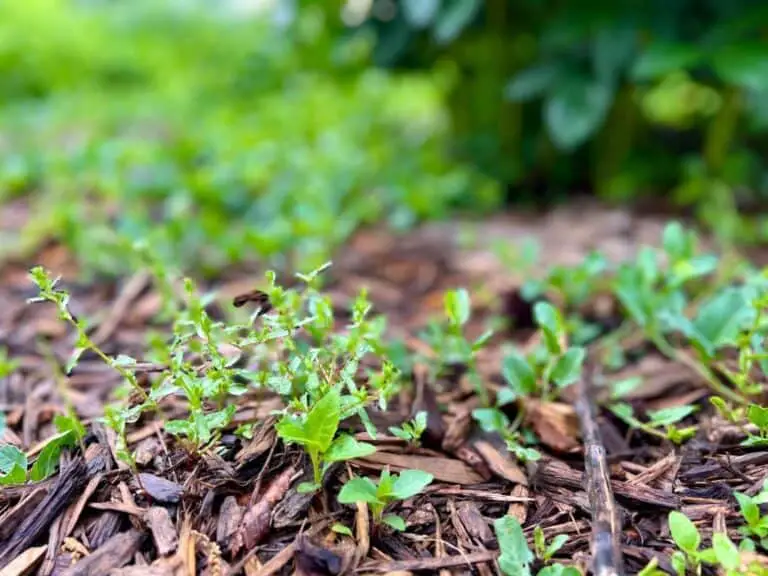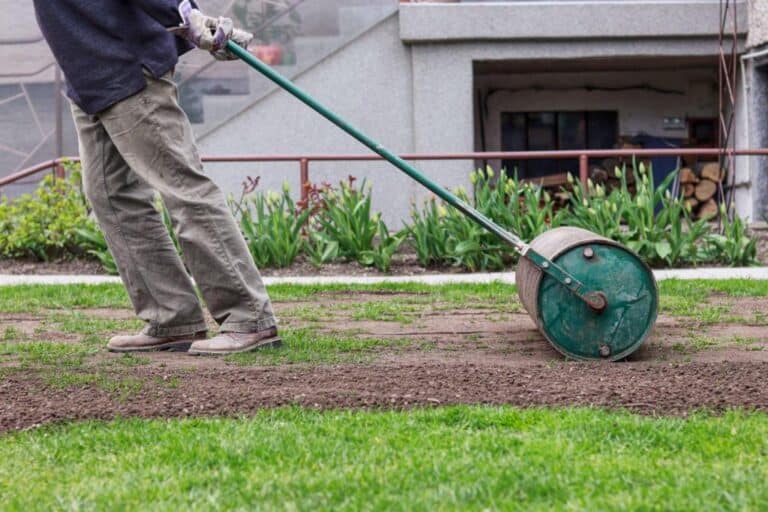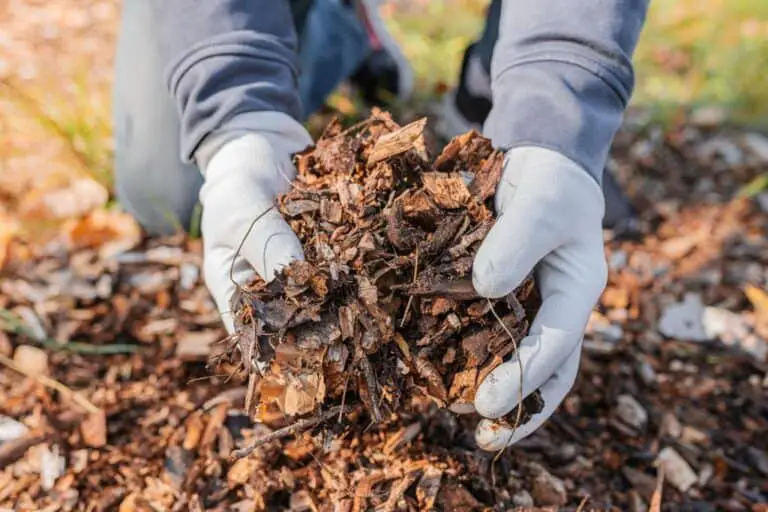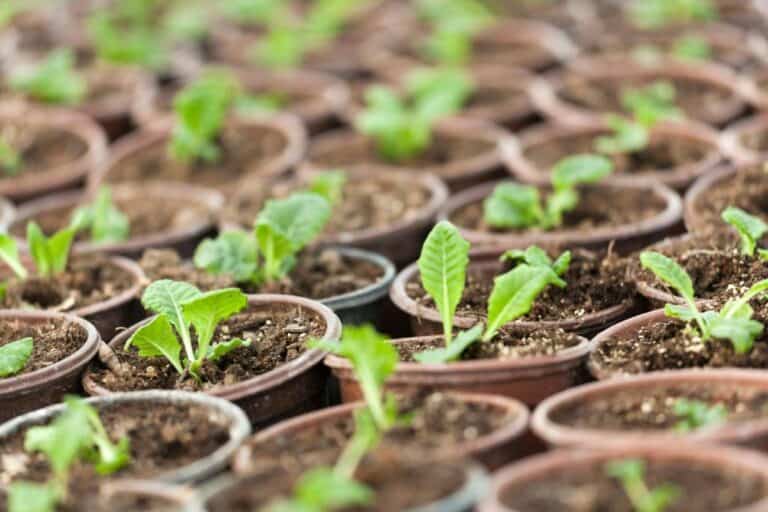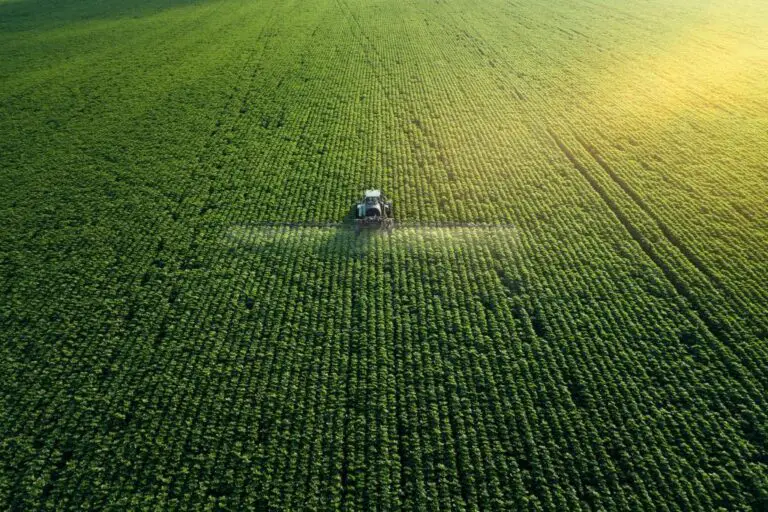How to Bake Soils to Kill Bugs and Diseases (Soil Sterilization)
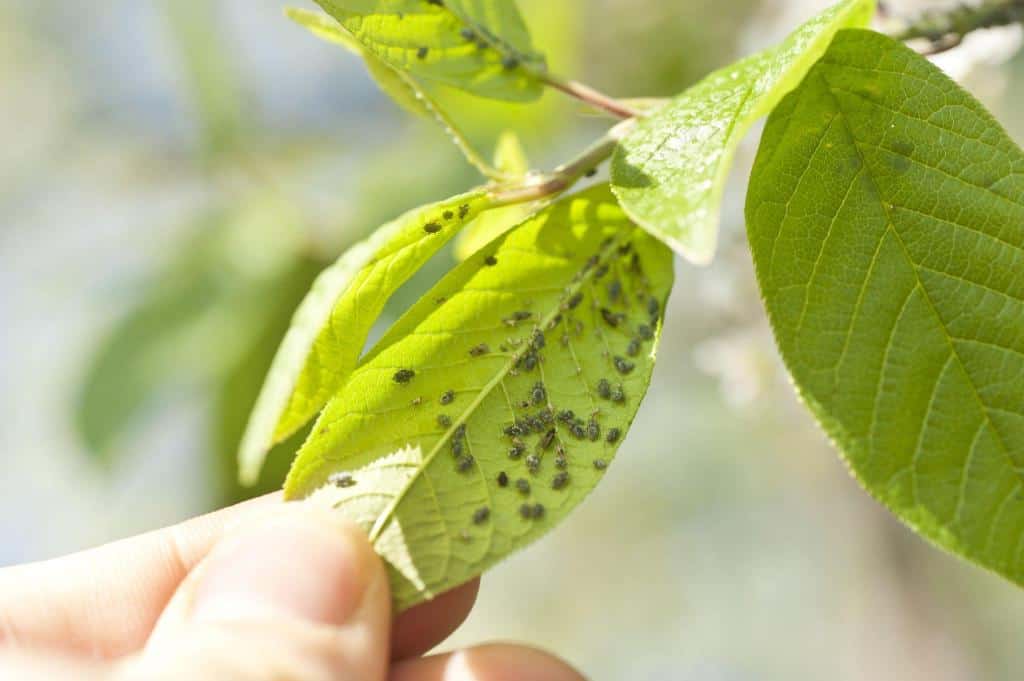
In the enchanting realm of gardening, where greenery flourishes and blooms paint a canvas of nature’s beauty, a silent battle rages beneath the surface. Bugs and diseases, cunning adversaries, seek to undermine your horticultural dreams. But fear not, for within the folds of this guide, lies a potent weapon – soil sterilization.
Picture this: a culinary twist to gardening, where the oven becomes your ally, turning soil into a pest-fighting masterpiece. From the tiniest pests to the stealthiest pathogens, they all meet their end in the crucible of controlled heat.
Join us on a journey through the secrets of soil baking, a dance of temperatures that transforms your garden’s battleground into a sanctuary of vibrant life. Embrace the science, wield the oven mitts, and unlock the art of soil sterilization. Your plants deserve nothing less than a thriving, bug-free haven.
Soil Health and Soil-Borne Threats
Healthy soil is not merely a substrate for plants; it’s a complex ecosystem teeming with microorganisms, nutrients, and organic matter. Plants rely on these factors for proper growth and development. Bugs and diseases, unfortunately, can disrupt this harmony. Pests like nematodes and pathogens such as fungi can wreak havoc, stunting growth and diminishing crop yields.
Before diving into soil baking, it’s crucial to comprehend the types of bugs and diseases that commonly inhabit soil. These include a range of pests such as root-feeding insects, soil-borne fungi, and harmful bacteria. Root knot nematodes, for example, are microscopic worms that attach themselves to plant roots, causing deformities and nutrient deficiency. Fusarium wilt, a fungal disease, attacks the vascular system of plants, leading to wilting and even death.
The Science Behind Soil Baking
Soil baking is a potent technique for managing soil-borne pests and diseases. This process involves heating soil to specific temperatures, effectively sterilizing it and neutralizing harmful organisms. The high temperatures used during baking, often ranging from 180°F to 200°F (82°C to 93°C), destroy pathogens and pests, rendering them unable to survive.
The effectiveness of soil baking lies in the interaction between temperature and time. Baking soil at the right temperature for an adequate duration is essential. This ensures the elimination of pests and diseases while preserving beneficial microorganisms to support future plant growth.
Selecting the Right Soil Types for Baking
When it comes to baking for soil sterilization, not all soils are created equal. The type of soil you choose plays a pivotal role in determining the success of your baking endeavors. Sandy and loamy soils emerge as the top contenders, boasting characteristics that make them ideal choices for this technique. In contrast, clay soils might not be your best bet due to their distinct properties.
Sandy and Loamy Soils: A Baker’s Dream
Sandy and loamy soils bring a set of qualities that align well with the requirements of baking. These soils possess remarkable heat retention capabilities, a crucial attribute for effective baking. As you preheat the soil, it holds onto the heat, creating an environment conducive to even cooking. Moreover, their inherent texture promotes excellent aeration, allowing heat to penetrate the soil evenly and consistently.
The Impact of Soil Composition
The composition of your chosen soil type plays a significant role in the baking process. Sandy soils take the lead in heating up rapidly and uniformly, ensuring that the desired temperature is quickly achieved. This quick heat-up aids in eradicating pests and diseases, ensuring your soil is ready for planting.
On the other hand, while clay soils offer their own advantages in different contexts, they might not be the best option when it comes to baking due to their slower heat transmission and potential compacting tendencies. In the world of baking, the soil you select sets the stage for the magic that unfolds in your garden.
Essential Equipment for Soil Baking
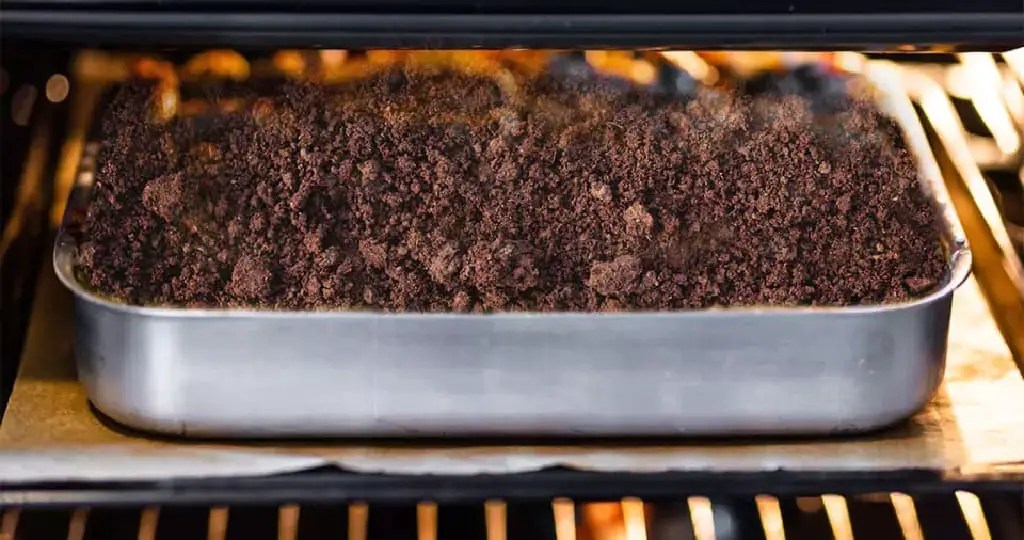
To embark on the journey of soil baking, you’ll need a few key tools:
- Oven: An oven with temperature control is essential for achieving the required heat levels.
- Thermometer: Accurate temperature measurement is vital to ensure effective soil sterilization.
- Trays: Trays are used to spread out the soil evenly, allowing for uniform heating.
- Timer: Timing is critical; a timer will help you track the duration of baking.
Each tool has a specific role in the soil baking process, contributing to its success.
Step-by-Step Guide to Baking Soils
Here’s a step-by-step guide to using the oven baking method for soil sterilization:
- Gather Your Materials:
- Soil: Collect the soil you intend to sterilize. Remember that this method is best for smaller quantities.
- Baking Container: Choose a heat-resistant container that can hold the soil without spilling.
- Prepare the Soil:
- Remove Debris: Clear the soil of any debris, rocks, or large particles.
- Moisten the Soil: Add water to the soil until it’s moist but not soaking.
- Fill the Container:
- Transfer the moist soil to the baking container, leaving some space at the top.
- Cover the Container:
- Use aluminum foil or a lid to cover the container. This will help retain moisture during baking.
- Baking Process:
- Preheat the oven to 180–200°F (82–93°C).
- Place the covered container in the oven and bake for about 30 minutes to an hour.
- Cool and Use:
- After baking, allow the soil to cool completely before using it for planting.
Monitoring and Ensuring Safety
- Temperature Check: Regularly monitor the oven temperature with a reliable thermometer. Adjust if necessary to maintain consistent heat.
- Avoid Over-Baking: Overexposing soil to high temperatures can impact its structure and beneficial microorganisms. Stick to recommended temperature ranges and baking durations.
- Ventilation: Ensure proper oven ventilation to prevent heat buildup and potential hazards.
Post-Baking Soil Management
- Cooling Period: Allow the soil to cool completely before handling.
- Storage: Store baked soil in clean, pest-free containers to prevent reinfestation.
- Reintroducing Microorganisms: Baking eliminates harmful organisms, but it also affects beneficial ones. After baking, consider adding compost or well-aged manure to reintroduce helpful microorganisms.
Guide: How To Sterilize Soil Naturally Without Baking and Chemicals
Benefits and Limitations of Soil Baking
Advantages:
- Effectiveness: Soil baking significantly reduces or eliminates pests and diseases.
- Environmentally Friendly: It’s a natural alternative to chemical treatments, reducing the need for harmful pesticides.
- Non-Residual: Baking leaves no harmful residues in the soil.
Limitations:
- Microorganisms: Beneficial microorganisms can also be affected, requiring reintroduction.
- Time and Effort: Baking soil can be time-consuming, especially for larger areas.
- Soil Structure: Overbaking can alter soil structure and decrease its water-holding capacity.
Comparing Soil Baking with Other Pest Management Strategies
| Strategy | Pros | Cons |
| Soil Baking | Effective and natural | Time-consuming, may affect soil structure |
| Chemical Treatments | Quick results | Harmful residues, impact on environment |
| Solarization | Kills pests and pathogens | Requires intense sunlight and heat |
| Biological Controls | Environmentally friendly | Relies on specific conditions and species |
Choosing the right strategy depends on your specific needs and preferences. Soil baking stands out for its natural approach and the ability to rejuvenate soil health.
So, whether you’re a seasoned gardener or a novice cultivator, soil baking offers an innovative way to keep your soil bug- and disease-free, setting the stage for flourishing plants and bountiful harvests.
Conclusion
Maintaining soil health is a continuous effort, and tackling bugs and diseases through soil baking is a proactive approach. By understanding the role of soil, identifying threats, and utilizing science-backed techniques, you can create a flourishing environment for your plants. Armed with the right knowledge and tools, you’re ready to embark on the journey of soil baking and contribute to the vitality of your garden or farm.
FAQS on Baking Soils to Kill Bugs and Diseases
Why is soil baking effective for killing bugs and diseases?
Soil baking raises temperatures to levels that eliminate harmful bugs and pathogens. This process disrupts their life cycles and ensures a pest-free environment for your plants.
Can soil baking harm beneficial microorganisms?
Soil baking can affect some beneficial microbes, but their populations often recover. Balancing soil health after sterilization with compost or organic matter helps restore microbial diversity.
Is soil baking environmentally friendly?
While effective, soil baking consumes energy. Solarization, a sunlight-based method, is more eco-friendly but requires longer exposure times and sunny conditions.
Can I use baked soil immediately after the process?
After baking, allow the soil to cool thoroughly before using it for planting. This ensures your plants won’t be stressed by residual heat.
Is soil baking an organic method of pest control?
Soil baking is not considered organic, as it can impact beneficial microorganisms. Organic alternatives like companion planting and natural predators may be more suitable.
Can soil baking negatively affect soil structure and nutrients?
Yes, high temperatures can alter soil structure and reduce some nutrients. Reintroducing compost and organic matter after baking helps restore soil health.
Is soil baking recommended for all types of plants and crops?
Soil baking can be useful for various plants, but specific plant needs and soil types should be considered. Consult gardening resources for tailored advice.

